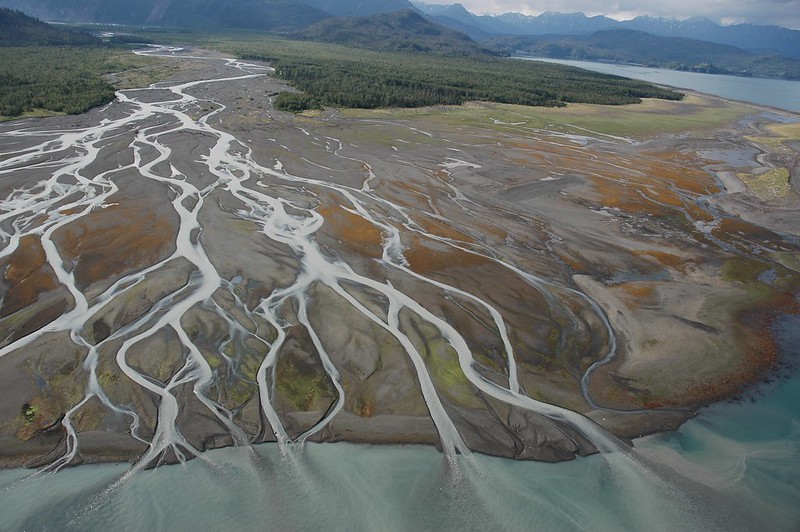Describe the processes that gave rise to the ocean currents. What effects do they have on local fishing, climates, and navigation? (200 words) [UPSC 2015]
Model Answer Introduction The Circum-Pacific Zone, commonly referred to as the Ring of Fire, is a geologically active region surrounding the Pacific Ocean. This area is renowned for its high levels of seismic and volcanic activity, making it one of the most significant geological features on Earth.Read more
Model Answer
Introduction
The Circum-Pacific Zone, commonly referred to as the Ring of Fire, is a geologically active region surrounding the Pacific Ocean. This area is renowned for its high levels of seismic and volcanic activity, making it one of the most significant geological features on Earth.
Body
Formation
The Circum-Pacific Zone was formed primarily through the subduction of oceanic plates beneath the continental and island masses encircling the Pacific Ocean. This process leads to the creation of deep ocean trenches and volcanic arcs, significantly contributing to the region’s volcanic and seismic activity.
Location
Geographically, the Circum-Pacific Zone consists of a nearly continuous chain of volcanoes and tectonic boundaries that encircle the Pacific Ocean. This zone extends along the western coasts of North and South America, across Asia, and into Oceania, creating a distinct geological boundary.
Formation of Hotspots
Hotspots within the Circum-Pacific Zone are formed by the upwelling of heat from deep within the Earth’s mantle. This heat causes the melting of mantle rocks, resulting in magma that can push through the Earth’s crust to create volcanoes. Notable hotspots include those that have formed the Hawaiian Islands.
Volcanoes and Earthquakes
The Circum-Pacific Zone is home to over 75% of the world’s active volcanoes, including iconic ones such as Mount Fuji in Japan and Krakatoa in Indonesia. Additionally, the zone accounts for approximately 90% of the world’s earthquakes, including some of the most powerful in recorded history, due to its position along active tectonic plate boundaries.
Conclusion
The geophysical characteristics of the Circum-Pacific Zone highlight its status as a region of intense geological activity, marked by frequent earthquakes, volcanic eruptions, and the potential for tsunamis. Understanding these characteristics is crucial for ensuring the safety and resilience of communities living within this dynamic environment.
See less




Ocean currents mainly result from the interaction of wind forces, that are basically driven by temperature differences arising from the heating of solar radiation, and the Coriolis effect due to Earth's rotation. This means a combination of factors induce the large-scale movements of water around thRead more
Ocean currents mainly result from the interaction of wind forces, that are basically driven by temperature differences arising from the heating of solar radiation, and the Coriolis effect due to Earth’s rotation. This means a combination of factors induce the large-scale movements of water around the world. Besides these, variations in the density of water, based on their temperature and salinity, contribute to inducing the vertical circulation, often referred to as thermohaline circulation, which then contributes to governing the global climate and marine ecosystems.
- Effects on climate: Warm Ocean currents, as the Gulf Stream, transfer warmth from equatorial regions toward higher latitudes, warming local conditions there by moderating coastal climates. Conversely, cold ocean currents cool adjacent areas and may even be responsible for more moderate or cooler coastal climates. S
- Fishing Impact: Ocean currents help in the nutrient upwelling within some regions where cold, nutrient-ice water rises towards the surface. In such up-welling zones, there is such rich fishery as plankton blooms thrive, attracting large fish population and in creating marine biodiversity, making them critical for global fisheries.
- Navigation Implications: Ocean currents also affect maritime navigation. The navigators must make considerations regarding the currents when charting routes since such influence a lot of changes in relation to speed because their forces can act in a manner that increases or hinders travel.
See less